In the complex avian world of nest-building, one bird stands out for its rather unusual and seemingly unethical approach—the magpie. Unlike most birds that gather their nesting materials from the environment, certain species have evolved a more opportunistic strategy. These feathered thieves have mastered the art of kleptoparasitism, the scientific term for stealing resources from other animals. Perhaps the most fascinating example is the bird that steals feathers from other birds’ nests, a behavior that reveals the surprising complexity and adaptability of avian intelligence. This article explores the fascinating world of avian nest pirates, their methods, motivations, and the evolutionary advantages that have made this behavior a successful survival strategy.
The Master Thief: Identifying the Culprit
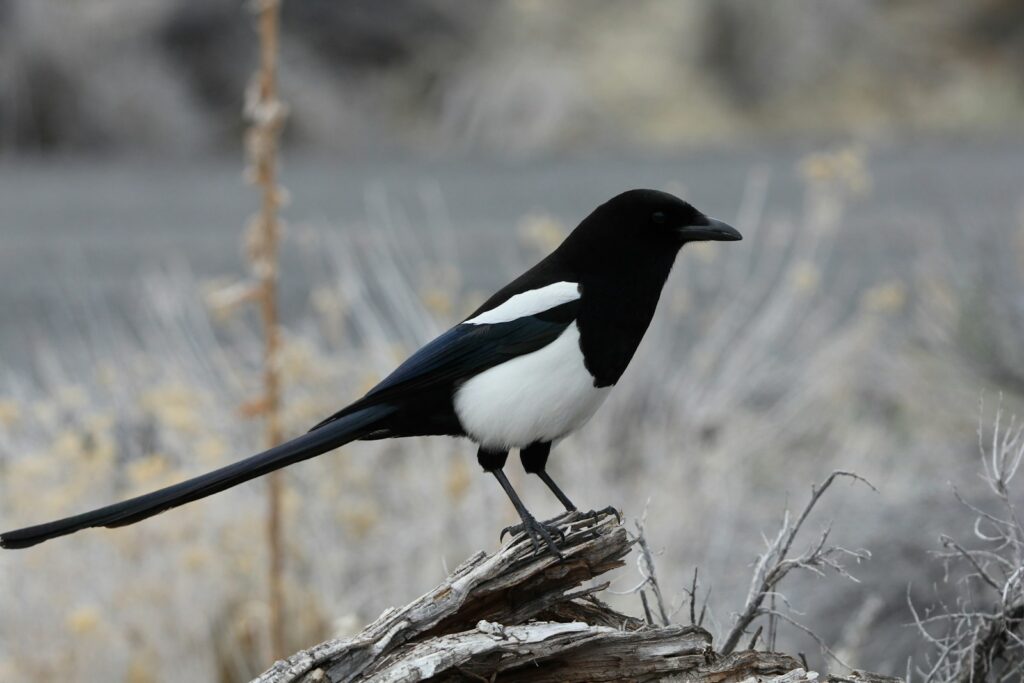
While several bird species occasionally steal nesting materials, the black-billed magpie (Pica hudsonia) is perhaps the most notorious feather thief in North America. These striking black and white corvids with iridescent blue-green tails are not only visually distinctive but intellectually remarkable. Magpies belong to the crow family, known for their problem-solving abilities and complex social behaviors. Their relatively large brain-to-body ratio provides them with the cognitive capacity to plan and execute their thievery with surprising strategic sophistication. European magpies (Pica pica) exhibit similar behaviors, making this kleptoparasitic tendency widespread within the genus.
The Evolutionary Advantage of Feather Theft
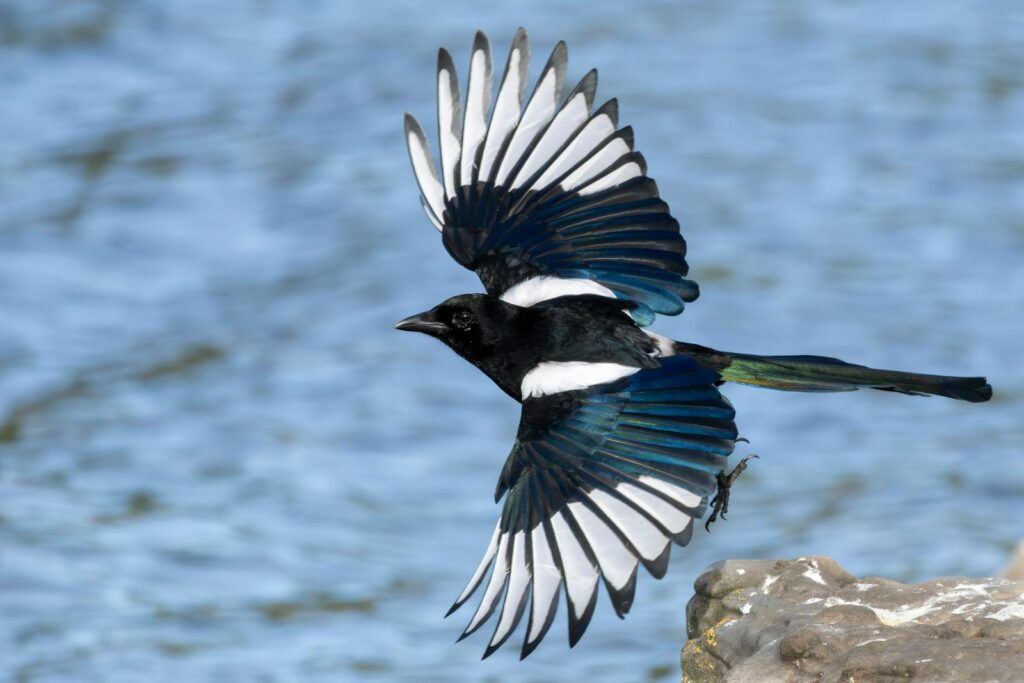
From an evolutionary perspective, stealing feathers rather than gathering them independently offers significant advantages. Feathers provide exceptional insulation, helping to regulate temperature within the nest—crucial for egg development and nestling survival. By stealing pre-selected quality feathers, the thieving birds save considerable time and energy that would otherwise be spent searching for and collecting appropriate materials. This energy conservation can be redirected toward other essential activities, like foraging or territory defense. Natural selection has favored this behavior because it provides a reproductive advantage, allowing these birds to construct superior nests with minimal effort, ultimately increasing the survival rates of their offspring.
Sophisticated Stealing Strategies
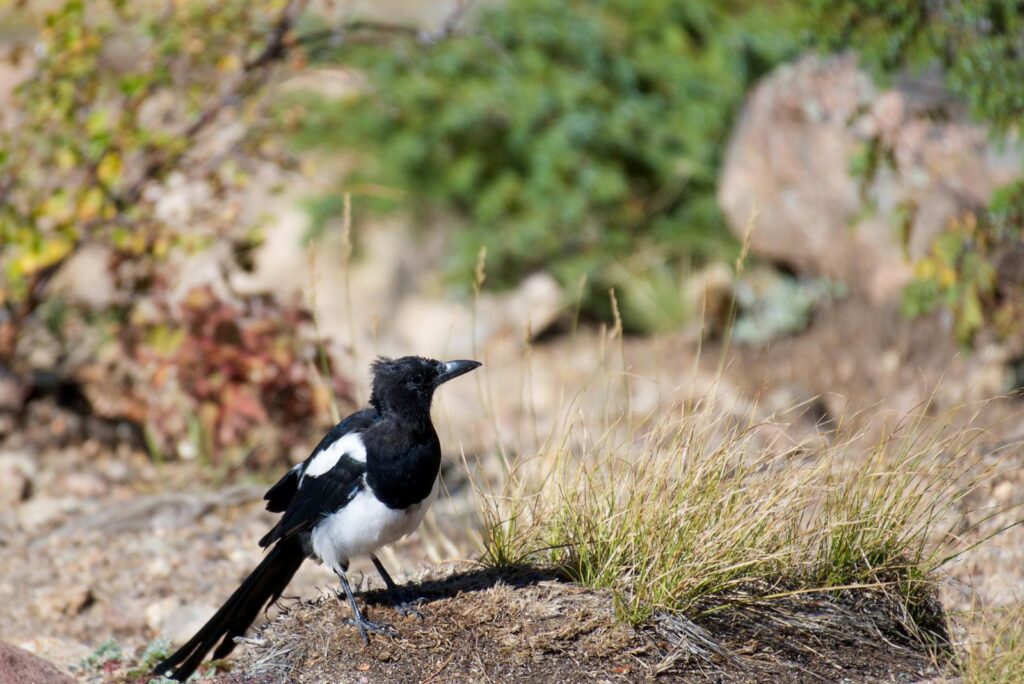
These avian thieves employ remarkably sophisticated strategies to accomplish their heists. Many wait patiently until nest owners are absent before swooping in to steal choice materials, displaying an understanding of opportunity and timing. Some species take advantage of distractions, such as when one nest owner is engaged in territorial disputes or foraging. More brazen individuals may create diversions themselves, like unusual calls or displays, to draw owners away from their nests temporarily. Researchers have even documented cases where magpies worked in pairs—one bird distracting the nest owner while the other quickly pilfers the desired feathers, demonstrating a level of coordination previously thought impossible among non-primate species.
The Perfect Plunder: What Makes Feathers So Desirable?

Feathers represent the ideal nesting material for several compelling reasons. Their intricate structure creates countless tiny air pockets that provide superior insulation against both cold and heat, maintaining a stable microclimate for developing eggs. Unlike twigs or grass, feathers are lightweight yet durable, conforming perfectly to the nest’s interior while requiring minimal structural support. The barbules and hooks that interlock feather vanes create a water-resistant barrier, protecting eggs and nestlings during rainstorms. Additionally, some research suggests that certain feathers may contain natural compounds that help repel parasites, providing an unexpected health benefit to nests lined with stolen plumage.
Target Selection: Not All Nests Are Created Equal
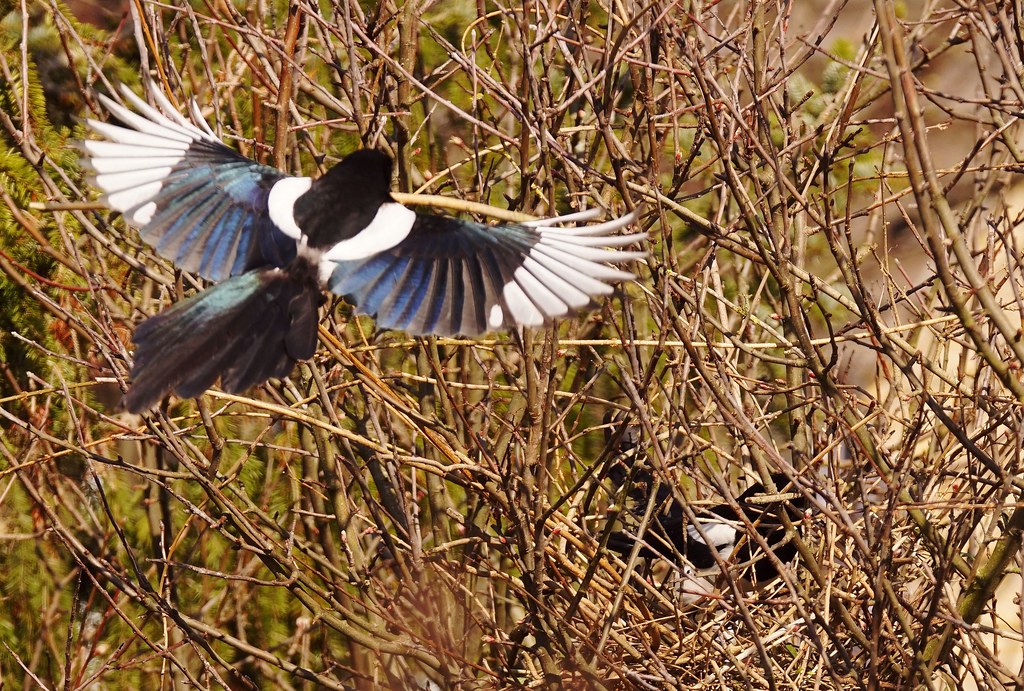
Feather thieves don’t target nests randomly—they demonstrate remarkable selectivity in their criminal enterprises. Studies have shown that magpies preferentially target the nests of birds that use high-quality down or contour feathers, such as ducks, geese, and certain songbirds. They appear to evaluate nest locations based on accessibility, the quality of available materials, and the defensive capabilities of the nest owners. Smaller or less aggressive species are typically preferred targets, as they pose less risk during the theft. Researchers have noted that magpies can remember successful theft locations and return repeatedly, suggesting they maintain mental maps of resource-rich territories within their range.
Seasonal Patterns in Feather Theft
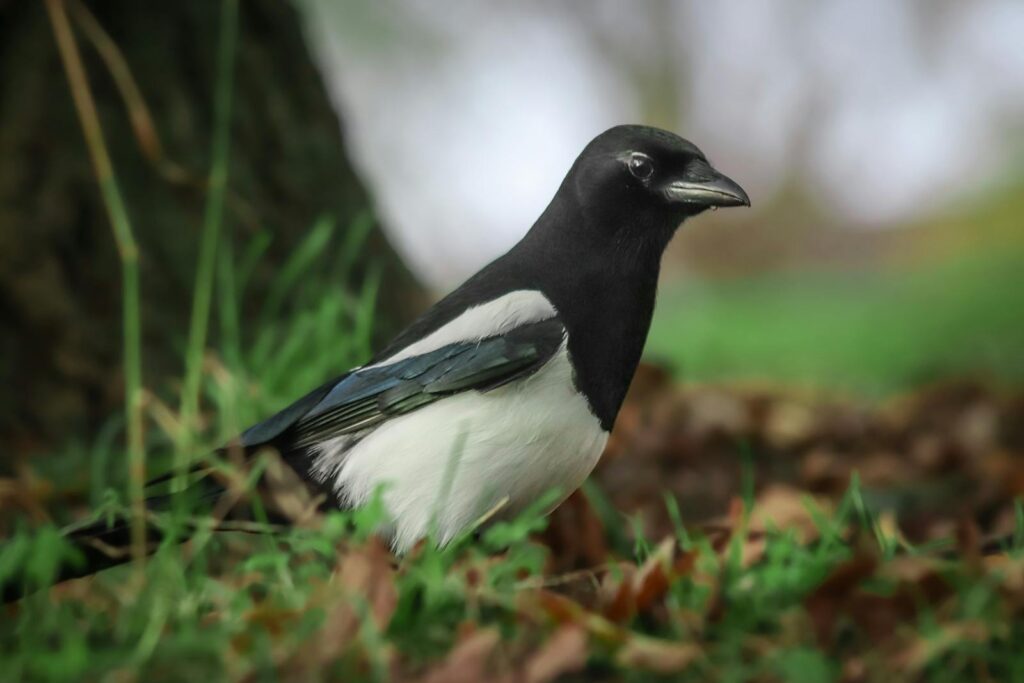
Feather theft follows distinct seasonal patterns aligned with breeding cycles. The behavior peaks during early spring when nest construction is at its height across avian communities. During this period, competition for quality nesting materials intensifies, driving opportunistic species to resort to theft. A secondary theft wave often occurs during mid-summer when some species build replacement nests after failed first breeding attempts. Interestingly, researchers have documented increases in theft behavior during unusually cold springs, suggesting that feather stealing may represent an adaptive response to challenging environmental conditions. The thieves seem to recognize that insulation becomes more critical during adverse weather, highlighting their behavioral flexibility.
Victims’ Countermeasures: The Defense Against Theft
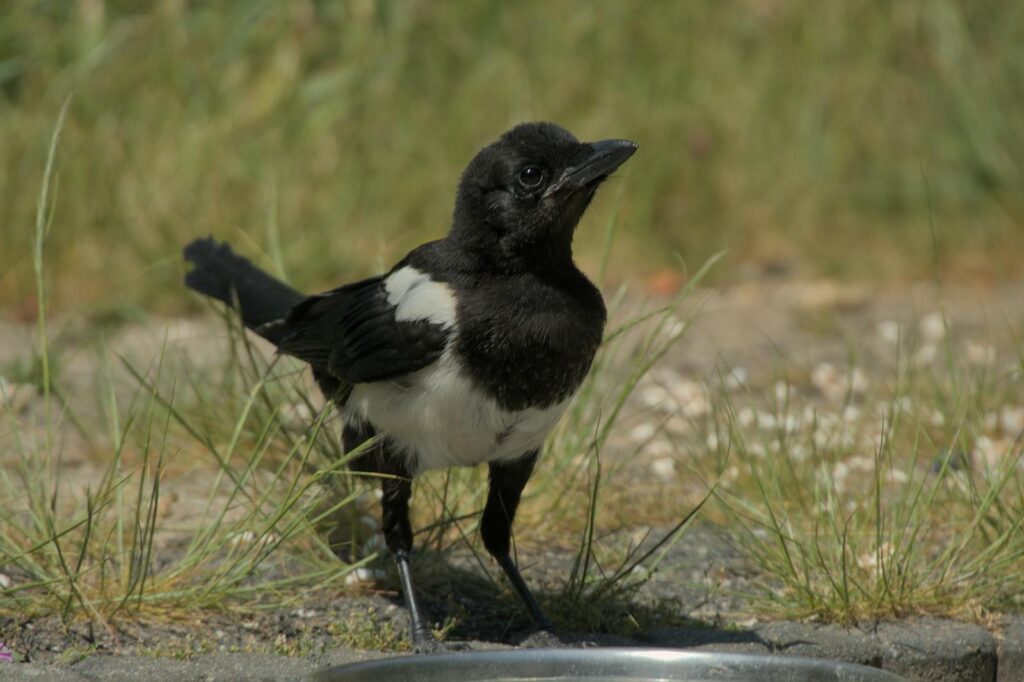
Birds targeted by these feather pirates have developed various defensive strategies to protect their nesting materials. Many species have evolved to build nests in concealed locations—dense foliage, tree cavities, or cliff crevices—making them less visible to potential thieves. Others rely on constant nest attendance, with partners taking shifts to ensure the nest is rarely left unguarded. Some birds demonstrate remarkable aggression toward magpies and other known thieves, engaging in mobbing behaviors where multiple individuals attack or harass the would-be thief. Perhaps most fascinating are species that have developed “decoy” behaviors, collecting and displaying feathers away from their actual nest to mislead potential thieves.
Beyond Feathers: The Broader Context of Nest Kleptoparasitism
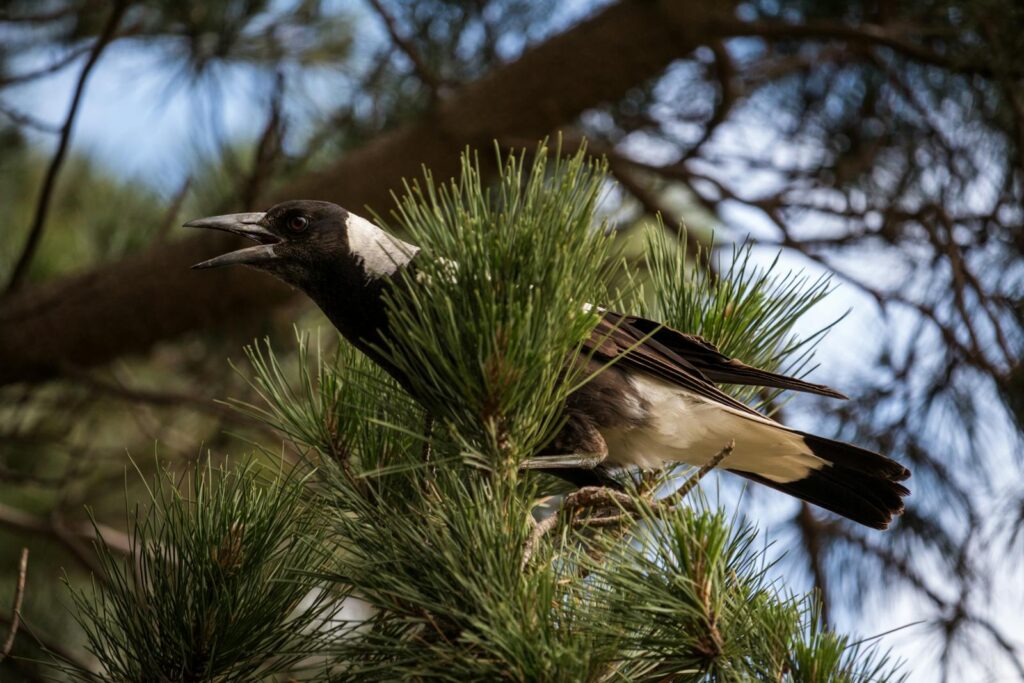
Feather theft represents just one aspect of a broader pattern of resource appropriation in the avian world. Many birds steal various nesting materials including twigs, moss, and even artificial materials like string or paper. Some species, like the house wren, are known to remove eggs or nestlings from neighboring nests, not for consumption but to eliminate competition. Village weavers and other colonial nesters sometimes steal entire sections of neighboring nests to incorporate into their own structures. This spectrum of kleptoparasitic behaviors suggests that resource theft has evolved independently multiple times across avian lineages, indicating its effectiveness as a survival strategy in competitive environments.
The Intelligence Factor: Cognitive Abilities Behind Theft

The sophisticated nature of feather theft highlights the remarkable cognitive abilities of the perpetrators. Successfully stealing from another bird’s nest requires spatial awareness, planning, risk assessment, and often social coordination. Magpies, the primary practitioners of this behavior, possess some of the most advanced cognitive abilities in the avian world. They can recognize themselves in mirrors—a rare capacity shared with only a few non-human species—suggesting a level of self-awareness that may contribute to their strategic thinking. Their large hippocampus, the brain region associated with spatial memory, enables them to remember numerous nest locations and return to successful theft sites repeatedly throughout the breeding season.
Cultural Learning and Social Transmission
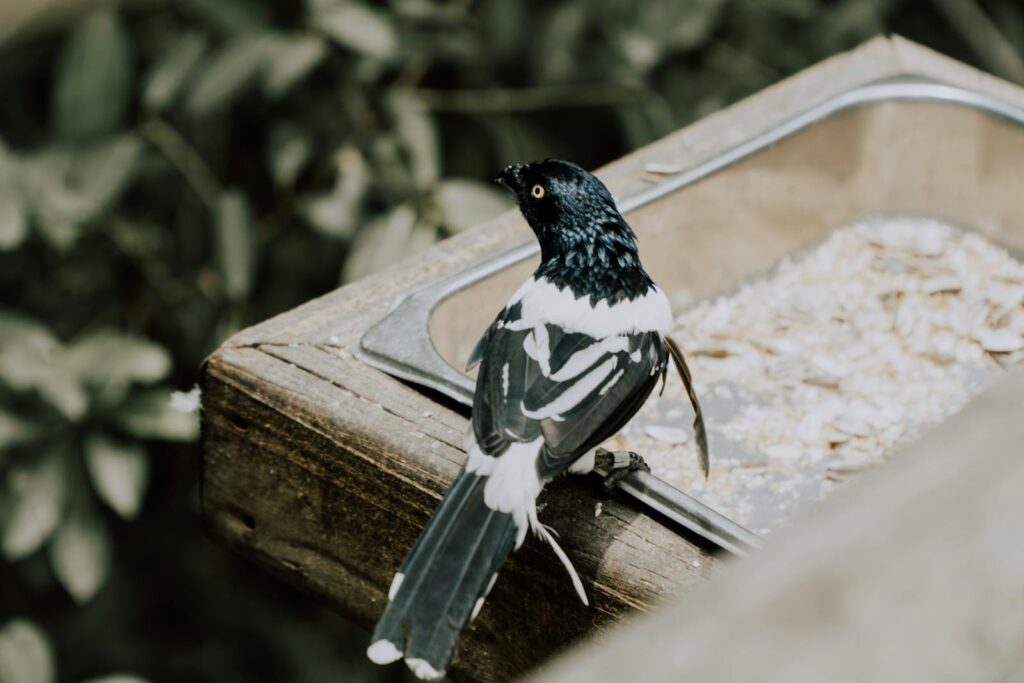
Evidence suggests that feather theft behaviors may be culturally transmitted within bird populations rather than being purely instinctive. Young magpies often observe adults executing theft strategies before attempting the behavior themselves, displaying a form of social learning. Regional variations in theft techniques have been documented, with different populations exhibiting distinct approaches to the same basic behavior. In some areas, magpies demonstrate coordinated pair theft, while in others, they rely more on distraction or stealth techniques. These behavioral differences persist across generations within specific populations, strongly suggesting cultural transmission of knowledge rather than genetic determination alone.
Human Interactions: When Birds Steal From Us
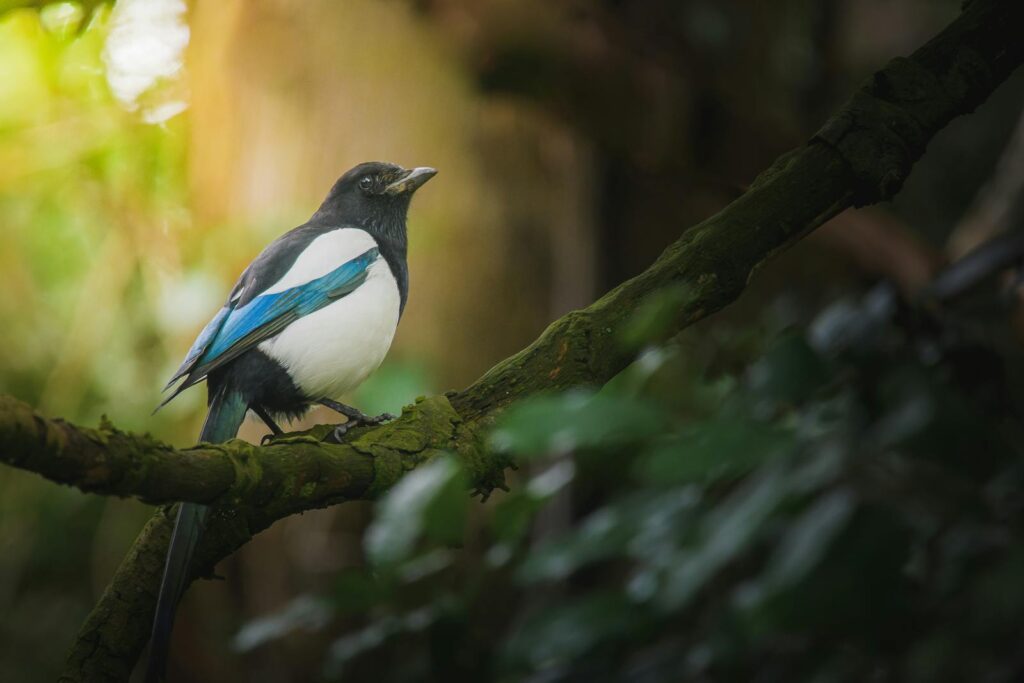
The same birds that steal feathers from other birds’ nests often extend their kleptoparasitic tendencies to human environments. Magpies are notorious for collecting shiny objects from yards, patios, and even through open windows, attracted to items like jewelry, foil, and metallic trinkets. Some researchers believe this behavior stems from the same impulses that drive feather theft—the opportunistic acquisition of novel or useful items for nest construction or display. Humans have documented cases where entire jewelry collections have been systematically relocated to nearby magpie nests, piece by piece, over several days. These interactions have contributed to the magpie’s cultural reputation as a thief, reflected in numerous folktales, superstitions, and even the opera “La Gazza Ladra” (The Thieving Magpie) by Rossini.
Conservation Implications
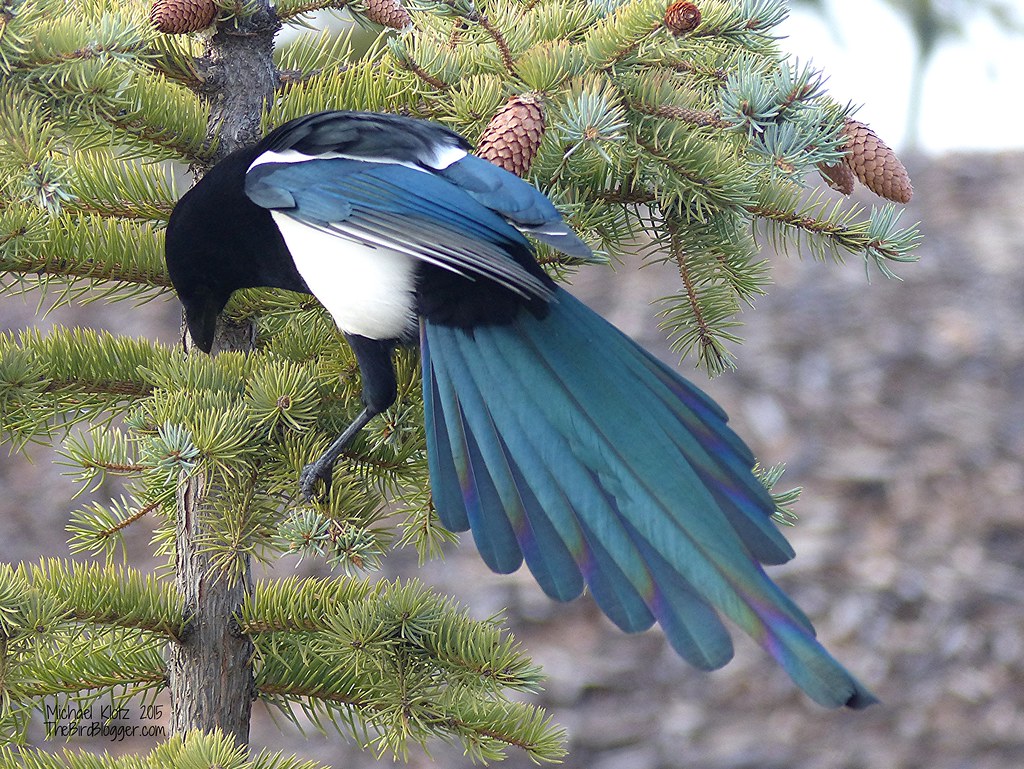
While feather theft itself rarely threatens the survival of victim species, it represents an important ecological interaction that can be disrupted by habitat changes. As human development fragments natural landscapes, bird populations become concentrated in smaller areas, potentially intensifying competition for nesting materials and increasing theft pressure on vulnerable species. Climate change may alter breeding timing, creating mismatches between theft behavior and the traditional target species’ presence. Conservation efforts must consider these complex behavioral interactions rather than focusing solely on habitat preservation. Understanding the dynamics of feather theft can provide insights into community resilience and adaptation in changing environments.
The fascinating behavior of birds that steal feathers from other birds’ nests represents a window into the complex social and cognitive world of avian species. Far from being a simple act of theft, this behavior reveals sophisticated problem-solving abilities, strategic planning, and social intelligence that challenge our understanding of bird cognition. Through studying these feathered thieves, we gain appreciation for the evolutionary pressures that have shaped these remarkably adaptive behaviors. As we continue to learn more about these avian pirates, we discover that the line between instinct and intelligence in the natural world is far more blurred than we once believed, reminding us that nature’s complexity extends far beyond what meets the human eye.
